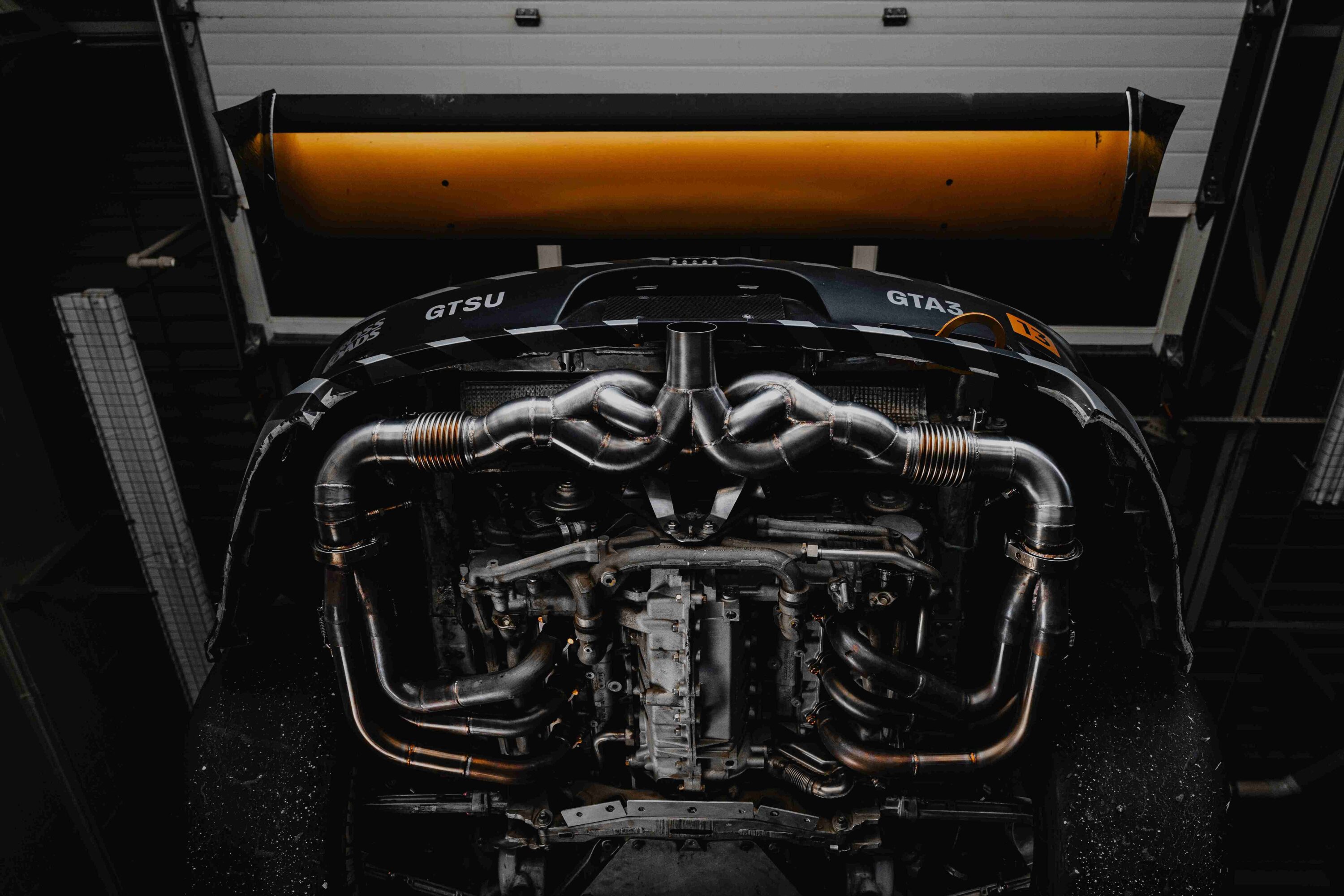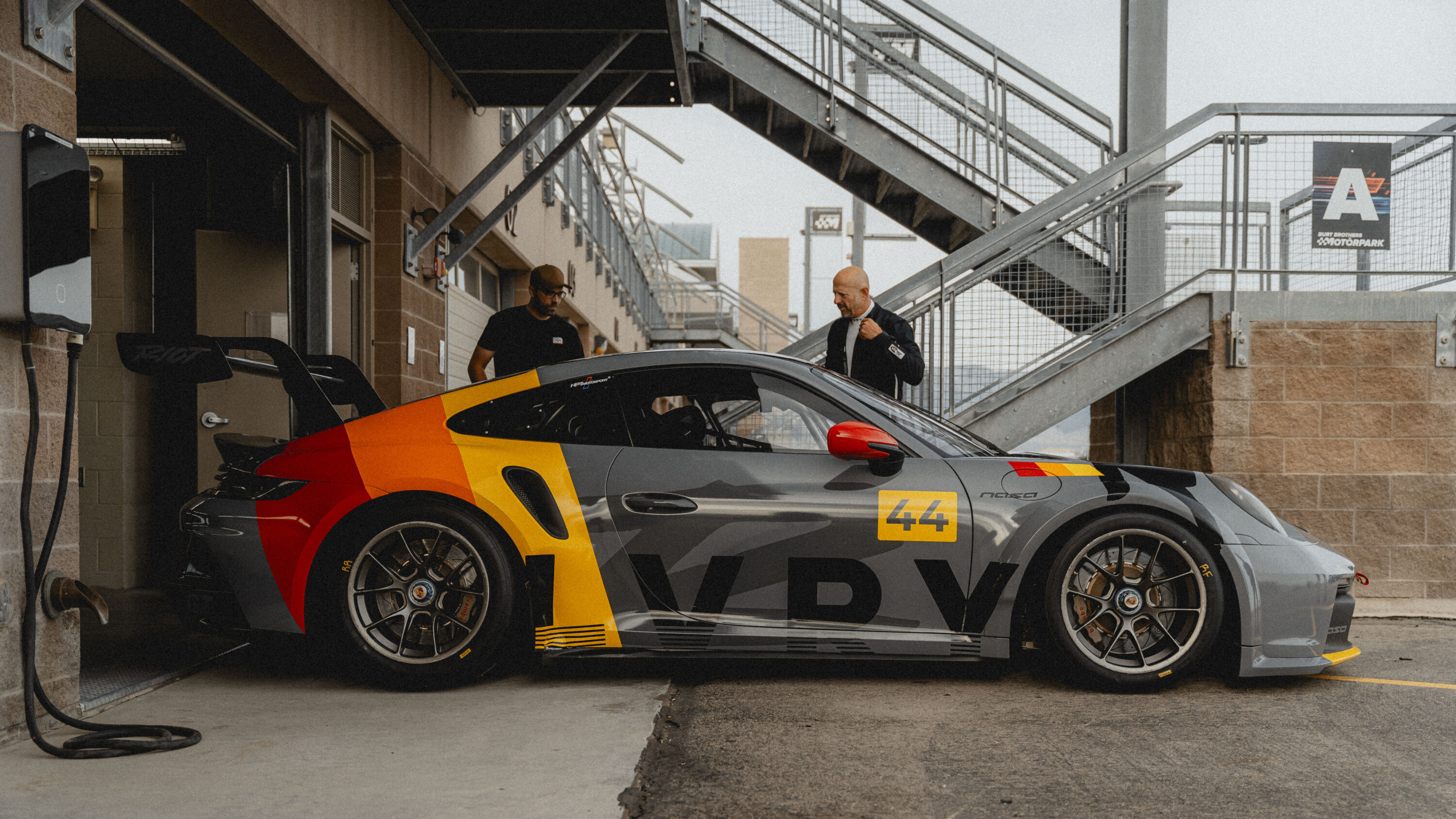A meta-analysis of studies provides insight into the right mix of real-world practice and visualization for optimal performance
My first exposure to applying mental visualization and motorsports came from Ross Bentley and Speed Secrets — can’t quite remember if it was from one of his books, an article, or podcast at first but I know he covers it on a fairly regular basis.
The idea behind mental visualization is that you can imagine doing a task (properly) in order to practice it and get better at doing the real thing.
But does it actually work?
I recently listened to an episode of the Huberman Lab podcast that covers this question:
Does mental visualization have a positive impact on learning and/or improving on motor or cognitive skills?
If you’re unfamiliar with this podcast, I recommend checking it out. Dr Andrew Huberman is a neuroscientist that does an excellent job of taking deep-dives into a many topics that I would generally group into “health and optimization”. I’ve found success in improving sleep, nutrition, and fitness by implementing the findings of his research.
The key takeaways from the episode on Mental Visualization and how I correlate them to motorsports
Dr Huberman describes some key principles that research data report to be part of effective Mental Visualization
- Very Brief, Simple, Repeated Visualization
- Mental Training Cannot Replace Real Training
- Combine Real & Mental Training
- Assigning Real-World Labels to Visualizations
- Mental Imagery Equivalence to Real-World Perception
Principle #1: Very Brief, Simple, Repeated Visualization
Your visualized segments should be shorter than 15 seconds and should be “relatively simple” so that they can be completed with a high degree of accuracy.
So this tells me that we should focus on corners, not segments or laps
Dr Huberman goes deeply into the “why”, but the TL;DR is this: get a lot of reps in, accurately, in order to improve. If we overcomplicate it by making it too long or by involving too many elements (say, trying to imagine too many aspects of a corner rather than the key visual reference points), then the effectiveness disappears.
This makes sense — it’s hard enough to focus on an imaginary track as it is, so by keeping things simple, we are better able to grasp the mental image and be engaged — not overwhelmed.
Principle #2: Mental Training Cannot Replace Real Training
There is a hierarchy of effectiveness in learning that goes like this:
- Good: If you can’t physically do it, visualize it
- Better: Practice by actually doing the thing (i.e. driving!)
- Best: Combine the two! (more on this in the next principle)
An ‘aha’ moment I had here was that Dr Huberman made mention that accuracy to real-life is crucial. If your practice medium isn’t reflective of your real-world situation, it may actually do you harm in improving a skill.
This got me thinking about learning new race tracks and the work I’ve done in simulators.
The most-useful sessions I’ve had with videos are using video from inside the car, close to a driver’s perspective, and a car that is basically the same as mine.
As for sims… I’ve had little success in benefitting from these sessions, outside of just playing around. My intuition is that I rely very much on kinesthetic feedback (acceleration, car movement/dynamics, surface feedback, steering wheel feedback, and so on). The fact of the matter is that it’s going to be extraordinarily expensive to get a simulator that can accurately replicate the real world.
Are these things better than nothing? The research says YES — to a point.
One thing to keep in mind — every deviation from reality that your simulator has is a neural pathway you’re reinforcing that you have to bypass in the real world. Perspective of screens, accuracy of wheel/pedal feel and feedback, sound, acceleration… it would take a fancy machine indeed to get these sensations to be close-enough to reality to be worth it, in my book.
Personally, I have stepped away from sims and focus on getting good video, data, and spend my money on tires and track time. That said, I know that many enjoy blending the two together and the research suggests that this can be effective — just keep in mind that “real life” beats “sim life” (if you care about real life performance more — you may prefer sim racing, which is totally OK!)
Principle #3: Combine Real & Mental Training
In terms of hours spent, Dr Huberman’s findings are that you should spend most of your time practicing in-person and supplement with visualization. Or, put another way: don’t sacrifice in-person training with vizualization.
I’m going to go ahead and put simulators in the same category as visualization for this one (and piss a number of people off, I’m sure). It’s just not in my budget to get a good-enough sim to make it worth the effort and money for me.
Call me needy or whatever, but I’ll go with seat-time supplemented with video review and visualization of that one time I nailed that corner in order to improve my driving.
What we can do as drivers, then, is make sure we use down-time at the track to visualize executing a corner or technique perfectly. Even better — we can do this during the days in between track days — it’s free and proven to be effective!
Principle #4: Assigning Real-World Labels to Visualizations
This was another ‘aha’ moment of affirmation for me.
Oftentimes, I’ll find myself talking out-loud in the car, reminding myself of what I need to do in a corner as I approach it.
Some examples:
- “Be smooth” (can be working on hands or feet here)
- “Wrap around the corner” (working on car rotation and not rushing entry to a corner)
- “Stay in 3rd gear”
- “Right of the seam-sealer” (car position)
- “Aim at the cone”
- Any particular corner name or number, too
Dr Huberman’s findings are that we can use this labeling to reinforce and “label” things we’re working on mentally and physically. This assists us in “packaging” up a concept into an easily-recalled mental image that can be triggered by a small phrase or single word.
Using this method is simple: imagine a great downshift. Assign it a name (I’ll go with blipshift). By recalling a perfect downshift, practicing it many times, and labeling it “blipshift”, I can trigger the right motor (muscular, using my own body) function — either sitting in my office chair or in my car.
Principle #5: Mental Imagery Equivalence to Real-World Perception
This one is somewhat nuanced, but a couple of key points stood out to me:
- Imagine doing it in the 1st person
- Imagine that YOU are doing it
- Keep your eyes open and match muscle movements with it
Apparently, it’s not as effective to watch from the 3rd person, so use video that closely-matches a driver’s perspective (why I like in-car video anyways). So watching video of a car ahead won’t work for cementing a motion in your head (though it can be useful for other types of learning)
So this comes back to: find a clip of you executing that corner perfectly and watch it over and over. Then visualize it over and over. Add in muscle movements. Sit in your car while you practice. Look through the windshield and even be buckled up, helmet on.
I inadvertently stumbled on this last March by finding that if I got to grid early, I’d visualize and practice whatever my goal was for that session — sounds like that was a great idea! The only thing I didn’t do right is close my eyes. Next time, I’ll keep my eyes open and try to overlay a visual of the track to the grid in front of me.
An End-to-End Example for Racing
Approaching a one-day NASA Utah race at UMC, I’m planning on improving my entry into Turn 1, Sunset Bend. Recent data analysis showed that I was lagging by several miles per hour in my minimum apex speed, losing precious tenths of seconds to the P2 driver I was comparing against.
Here’s how I’m working on improving my minimum corner speed:
- Reviewing video of myself and the faster driver to develop a clear mental image of what I need to do
- Identifying a queue for every time I approah the T1 braking zone: “roll speed” — this is very intentional to tell myself that I can carry more momentum in the corner entry phase (where I’m losing time), but not rush to throttle (I queue myself something like “throttle-up” in situations where I’m slow to throttle)
- Each day, running myself through 15–20 visualization sessions where I watch the proper line video and take physical actions to match those movements
- Setting the goal for each session in the Saturday event to focus on my Turn 1 performance (yes, this may have trade-offs but if I can optimize this corner and make it “automatically faster”, then I can move on to other things
- Reflecting on my performance every session using data to compare against that P2 driver and faster drivers of the day (maybe conditions will be better/worse than benchmark)
- Reflecting on my performance by thinking about how the car feels. Am I forcing it? Am I over-working the tires? What might I change with my approach or car setup to make things better?
I wish I had a practice day for this weekend, but this is a make-up race from a day in March being snowed-out (spring in Utah!), so this isn’t optimal but it’s the opportunity that I have and I’m going to take it!







Spec Miata 81
Setting the goal for each session in the Saturday event…..(yes, this may have trade-offs…..). One of the Many reasons GT will continue to improve. Having the discipline to realize it is not about only today, is key to improving. The trait you conjure here is to, improve something today that will forever make me a better driver, a philosophy I completely embrace as well. Excellent article. See you Saturday.